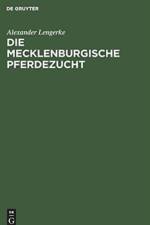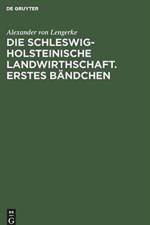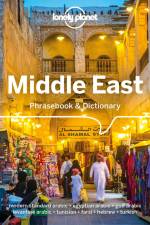von Source: Wikipedia
16,00 €
Source: Wikipedia. Pages: 41. Chapters: Karel van het Reve, Harry Mulisch, Jan de Hartog, Jacob Israël de Haan, J. Slauerhoff, Michiel van Kempen, Michel Faber, Gerard Reve, Frederik H. Kreuger, Louis Couperus, Gerrit Komrij, Cees Nooteboom, Jacques Hamelink, Louis Ferron, Beb Vuyk, Marion Bloem, Janwillem van de Wetering, Willem Frederik Hermans, Ernst Jansz, Threes Anna, Jan Wolkers, Gerbrand Bakker, Gerrit Paape, Frederik van Eeden, Multatuli, Jacob van Lennep, Ferdinand Bordewijk, Arnon Grunberg, Hella Haasse, Anton Koolhaas, A. F. Th. van der Heijden, Guus Kuijer, Paulus Adrianus Daum, Auke Hulst, Hendrik Jan Schimmel, Maria Dermoût, F. Springer, Judith Mok, Jacoba van Velde, Conrad Busken Huet, Nicolaas Beets, Aristide von Bienefeldt, Aagje Deken, Anja Sicking, Albert Hagenaars, Ida Vos, Connie Palmen, Klaske Hiemstra, Hans Aarsman, J. Bernlef, Piet Bakker, Maria Barnas, Betje Wolff, Theodor Holman, Nikolaes Heinsius the Younger, Carel van Nievelt, Theun de Vries, Herman de Man, Willem Brakman, Doeschka Meijsing, Chris van Abkoude, Saskia Noort, Henri Eduard Beunke, Willem G. van Maanen, Kees Ouwens, Tommy Wieringa, Jacq Firmin Vogelaar, J. J. Voskuil, Marcel Möring, Frans Kellendonk, Antoon Coolen, Nicolaas Matsier, Hermine de Graaf, Oek de Jong. Excerpt: Jan de Hartog (April 22, 1914 - September 22, 2002) was a Dutch playwright, novelist and occasional social critic who moved to the United States in the early 1960s and became a Quaker. Jan de Hartog was born to a Dutch Calvinist Minister (and professor of theology), Arnold Hendrik, and his wife, Lucretia de Hartog (who herself was a lecturer in medieval mysticism), in 1914. He was raised in the city of Haarlem, Holland. At around the age of 11, he ran away to become a cabin boy, otherwise referred to as a "sea mouse" onboard a Dutch fishing boat. His father had him brought home, but shortly afterwards, Jan ran off to sea again. The experiences thus gained became material for some of his future novels, as many of his life experiences did. At 16, he briefly attended the Netherlands Naval College but was only there for a year. Per his own account, he was expelled, and told emphatically by his angry schoolmaster, "This school is not for pirates!" De Hartog was a coal shoveler on the night shifts with the Amsterdam Harbor Police until 1932. As he often had time on his hands, he began to write here. While employed as skipper of a tour boat on the Amsterdam Canals, he wrote several mysteries featuring Inspector Gregor Boyarski of the Amsterdam Harbor Police. At this time he used a pseudonym "F.R. Eckmar" (which is euphemistically translatable as "whatever." The literal meaning of 'verrek maar' is 'drop dead,' and it is commonly used like the English expression 'go and jump in the lake') for these works which ("luckily", according to the author himself) were never translated into English. His theater career began in the late 1930s at the Amsterdam Municipal Theater, where he acted in and wrote a play. De Hartog's career as a writer (as well as his personal life) was decisively influenced by a coincidence. In May 1940, just ten days before Nazi Germany invaded and swiftly occupied the hitherto-neutral Netherlands, de Hartog published his book Hollands Glorie (Holland's Glory













